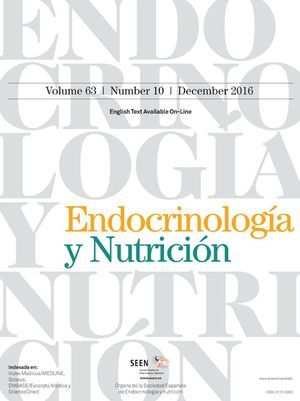was read the article
| Year/Month | Html | Total | |
|---|---|---|---|
| 2024 December | 30 | 1 | 31 |
| 2024 November | 42 | 9 | 51 |
| 2024 October | 29 | 13 | 42 |
| 2024 September | 25 | 21 | 46 |
| 2024 August | 28 | 10 | 38 |
| 2024 July | 14 | 10 | 24 |
| 2024 June | 14 | 6 | 20 |
| 2024 May | 10 | 6 | 16 |
| 2024 April | 14 | 3 | 17 |
| 2024 March | 10 | 5 | 15 |
| 2024 February | 9 | 2 | 11 |
| 2024 January | 21 | 1 | 22 |
| 2023 December | 15 | 4 | 19 |
| 2023 November | 13 | 2 | 15 |
| 2023 October | 20 | 2 | 22 |
| 2023 September | 10 | 2 | 12 |
| 2023 August | 20 | 0 | 20 |
| 2023 July | 10 | 2 | 12 |
| 2023 June | 18 | 0 | 18 |
| 2023 May | 31 | 0 | 31 |
| 2023 April | 49 | 0 | 49 |
| 2023 March | 51 | 2 | 53 |
| 2023 February | 25 | 1 | 26 |
| 2023 January | 7 | 3 | 10 |
| 2022 December | 3 | 1 | 4 |






